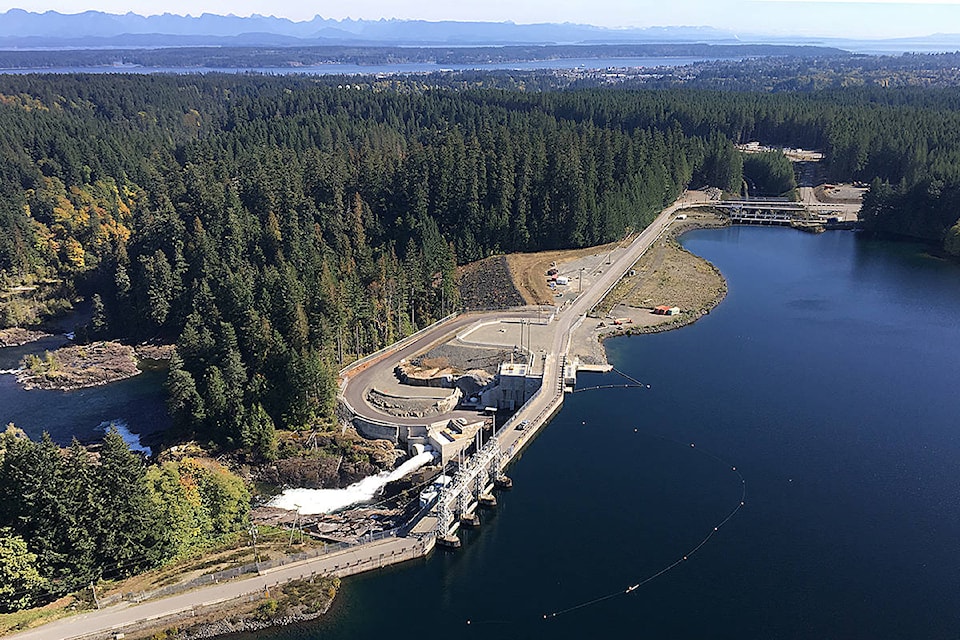SNC-Lavalin and BC Hydro have won the “Outstanding Project” award from the Canadian Hydropower Association for the John Hart Generating Station Replacement Project.
Exceptional attributes set this hydropower project apart from others, with its underground construction and environmental safeguards.
“SNC-Lavalin and its partners are thankful for BC Hydro’s trust in taking the innovative route of building an underground power station that leaves a small footprint on the environment,” Royden Heays, Vice-President, Operations and Senior Project Manager, SNC-Lavalin, said in a press release. “We applied our best engineering, utilized best practices in tunnelling, and employed innovations from the hydro and construction worlds to ensure a successful outcome that leaves a clean energy legacy for generations to come.”
The John Hart project is Canada’s first public-private partnership (P3) project in the hydro sector. SNC-Lavalin created a special purpose general partnership (“InPowerBC”) to enter into a project agreement with BC Hydro to partially finance, design, build a new generating facility and maintain it for 15 years.
“Our team has worked hard on this project since it was initiated in 2007 and we are very pleased to have a generating station that is reliable, seismically strong, and protects downstream fish habitat from river flow reductions,” said Melissa Holland, Vice-President of Project Delivery, BC Hydro. “It is a big improvement over the 71-year-old aboveground facility. SNC-Lavalin and their team have done great work, and were very innovative with the placement of the powerhouse. The design is also a benefit to the community and adjacent Elk Falls Provincial Park.”
The original plans had a more traditional surface powerhouse that would require an extensive steel lined section of the power tunnel. Instead, the underground placement avoids the steel lining requirements to make it more affordable. Project features include a new water intake, an underground power tunnel that is over eight metres in diameter, an underground powerhouse that is as tall as a ten-storey building and as long as a football field, and an underground tailrace tunnel and outlet structure. The underground tunnel system is about 2.2 kilometres in length. This direction required an extensive amount of careful engineering to design and guide underground tunnels and construct infrastructure safely. Over 3.4 million person hours were worked without a lost time accident.
Environmental considerations were primary drivers in the design and construction. With operations now underground, the removal of the three penstocks and the old station from the surface will soon begin. A 1.8 kilometre-long penstock corridor will be returned to a forest setting. The restoration significantly reduces the project’s environmental footprint.
